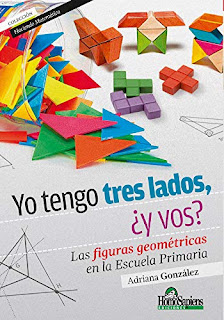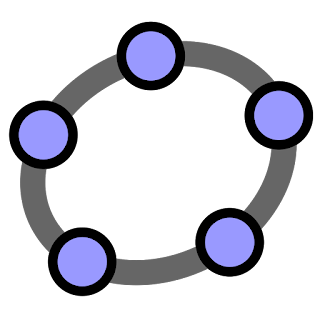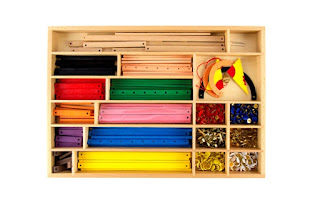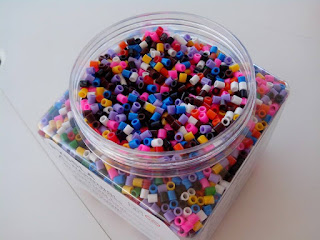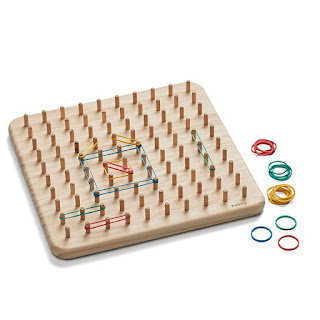:(

The day of our goodbye has come! Before we say goodbye, I would like to explain to you the importance and insistence of teaching materials in the field of education and more specifically in geometry. Through the different manipulative resources that I have been showing you, the child would be able to discover the relationships between the figures and the geometric rules that derive from them. Moreover, this type of material favours practical exercise, experimentation, motivation, creativity, critical spirit and cooperative learning, always favouring different learning rhythms. At all times, pupils are favoured, facilitating the principle of inclusion and acceptance of the differences of all pupils. Furthermore, the manipulative resources allow all types of pupils to be integrated into the primary classroom, as long as the teacher adjusts to their pace and learning style. This is why Recursilandia is strongly committed to these types of materials because, as we have seen, they favour p
